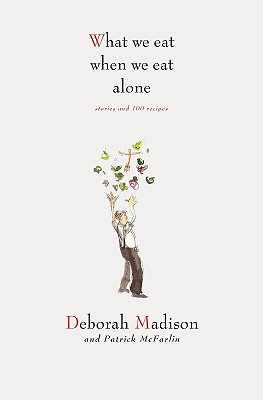
The first Stevenson book I read (and my favorite of the two) is called Blow the Wind Southerly which is apparently also known as Charlotte Fairlie and one other title which escapes me. Miss Fairlie is the headmistress of a girls school in England and is a particularly young headmistress with a somewhat lonely private life. Despite her youth, Miss Fairlie has an even temper and a sensible head on her shoulders. The first half of the novel takes place mostly at and around school. Miss Fairlie has a new student this year, Tessa who is away from her beloved home for the first time, and they form a particular bond. The school year passes successfully, despite discord from a grumbling teacher who wanted to be headmistress and overly strict parents. Tessa invites Miss Fairlie and some friends (children) to visit her at her home in the summer in Scotland (I think!). The path of the tale really becomes clear from this point midway through the book, and the reader can see what is coming, but of course obstacles must be overcome first. All ends well.
The second book I read is The Musgraves. This is a rather more complicated tale with more characters and storylines. Widowed mother Esther has three daughters, one a difficult spinster, one happily married, and one young and fresh, just leaving school. Each has their own storyline and issues. Then there is Walter, Esther's husband's son from his first marriage whom she has only met once - he was not happy about his father's remarriage but has returned to mend hard feelings. Throw in a drama club, a mysterious woman with a scandalous past, and a suspicious young man and you will see what ensues.
What struck me at first about these books, is that they reminded me of books I read in my childhood, that is to say, that they were 'uncomplicated'. The more I thought about it, I wasn't sure if this was the right word, for these books are not saccharine, there are certainly issues and problems to overcome, and unpleasant characters are present and seen by all as troublesome (a take home message, perhaps?). Perhaps the right word is comfortable, for these are books to fall into on a snowy afternoon, they are good books to read when you are tired and don't want to think much. They are there simply to be enjoyed.
As you can see in the photo above I've since borrowed more Stevenson books from the library, even sending a grumpy librarian down to their storage to find Mrs Tim and Vittoria Cottage. I was expecting her to return with old, dusty, falling apart books yet Mrs Tim is in pristine condition! All in all the library has 28 of Stevenson's titles, I consider this a lucky event for me as it seems these books are hard to find and expensive to come by. There is another Stevenson fan locally; I can tell from the catalog that someone else has borrowed their own stack of Stevenson titles. Perhaps they will bring more titles out of storage? I can hope.
If you have a particular favorite D.E. Stevenson book, I'd love to know about it.






